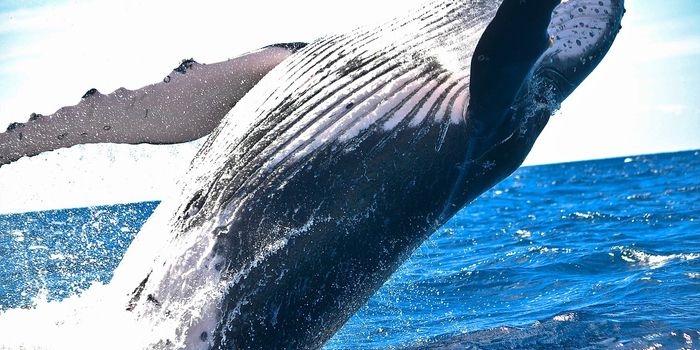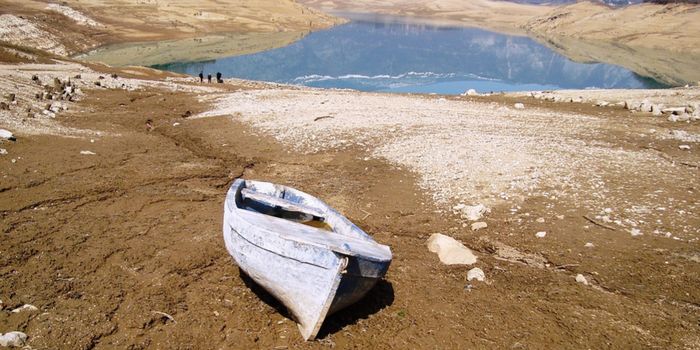Consequences of Sixth Mass Extinction Threaten Humanity
Many scientists have taken note of the rapid extinction rate that has taken many of the world species, and several have declared that Earth's sixth mass extinction event is now happening. Stanford biologist Paul Ehrlich is one of those scientists; he and others wrote a 2015 study in Science warning the world about what was occurring. A recent update is bleak: the extinction rate is probably higher than was thought and may be accelerating. This new study has been reported in the Proceedings of the National Academy of Sciences (PNAS), and it emphasizes that human impacts are pushing species to the brink, or wiping them out completely at an unprecedented rate. It is now threatening the ability of nature to provide for humans and is raising the risk posed by microbial pathogens.
“When humanity exterminates populations and species of other creatures, it is sawing off the limb on which it is sitting, destroying working parts of our own life-support system,” said Ehrlich, an emeritus professor at the Stanford School of Humanities and Sciences. “The conservation of endangered species should be elevated to a national and global emergency for governments and institutions, equal to climate disruption to which it is linked.”
The researchers found that during the 20th century, 543 land vertebrates went extinct, and maybe more. They estimated that the same number will be lost in only two more decades.
Humans are causing this problem by destroying the habitats of animals, killing them for sale in wildlife markets, and polluting ecosystems. The world is a web of connected environments including deserts, jungles, coral reefs, and mangrove forests, many of which are under tremendous pressure and are losing stability.
This report suggested that almost two percent of the animals they studied, 515 types of terrestrial vertebrates, have under 1,000 individuals remaining, and are on the brink of extinction. Many that are highly endangered live in areas where humans are encroaching on their habitats.
While entire species are under threat, there has also been local population loss, where the geographic range of certain species has been dramatically reduced. This has caused 237,000 populations of the 515 vertebrates to go extinct, which has ripple effects throughout an ecosystem.
“What we do to deal with the current extinction crisis in the next two decades will define the fate of millions of species,” said study lead author Gerardo Ceballos, a senior researcher at the National Autonomous University of Mexico’s Institute of Ecology. “We are facing our final opportunity to ensure that the many services nature provides us do not get irretrievably sabotaged.”
The scientists wrote that "The ongoing sixth mass extinction may be the most serious environmental threat to the persistence of civilization, because it is irreversible."
As more species are lost, more will become endangered in an accelerating negative feedback loop, the research suggests. Animal populations that don't have more than 5,000 members will share areas with much smaller populations, leading to a destabilization of their habitat and further extinction.
The researchers are encouraging world leaders to end the wildlife trade, to stop the illegal hunting and capture of wild animals to provide pets, medicine, or food because it is a major threat to public health. They noted that the COVID-19 pandemic is thought to have originated in a live animal market.
“It’s up to us to decide what kind of a world we want to leave to coming generations – a sustainable one, or a desolate one in which the civilization we have built disintegrates rather than builds on past successes,” said study co-author Peter Raven, president emeritus of the Missouri Botanical Garden.









